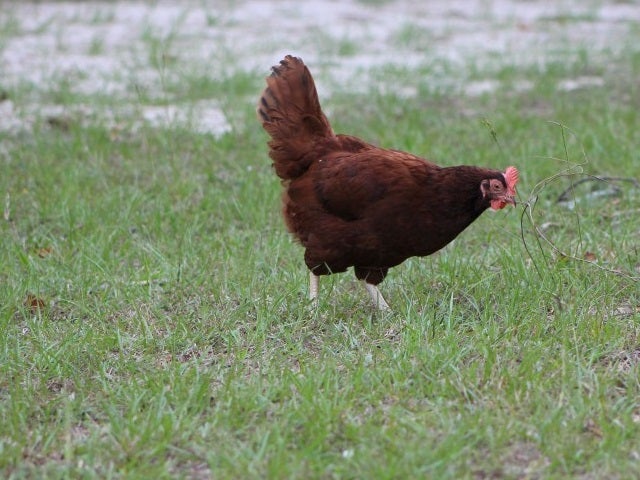Good Chicken Breeds for Urban Homesteaders
Kevin Felts 05.27.15
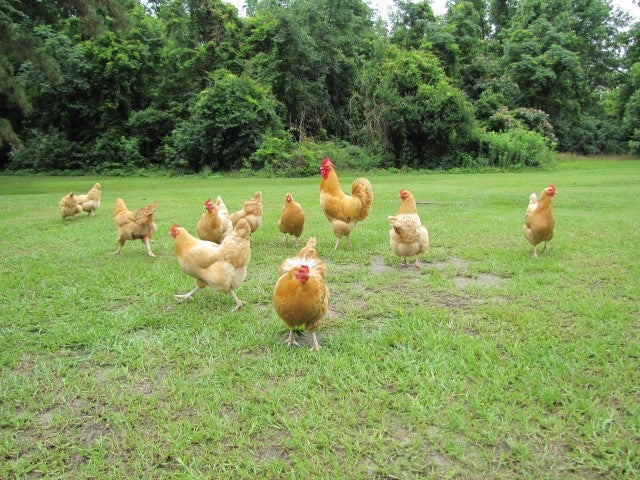
Are you thinking about getting some backyard chickens but are unsure which ones to get? With so many breeds on the market, the choices can be overwhelming. Then there are things to consider such as how cold are your winters and how hot are your summers?
For the sake of discussion let’s talk about “Heritage breeds.” To be a heritage breed the chicken must be:
- American Poultry Association (APA) prior to the mid-20th century. In other words these are long term established breeds.
- Long, productive outdoor lifespan. These chicken breeds are well suited to live in a chicken house without air conditioning in the summer or heat in the winter.
- Slow growth rate. Some chicken breeds (such as broilers) have a fast growth rate. Heritage breeds must have a slow growth rate.
This list is not presented in any certain order. All of the breeds being discussed have certain desirable traits depending on what the homesteader is looking for and regional conditions. Just because one chicken breed is listed first and one listed last, does not mean one is better than the other.
Since we are looking at an urban situation, broodiness should be considered. Broodiness is when a hen sits on a clutch of eggs in the hopes of hatching them. With no rooster available to fertilize the eggs, the hen will be sitting on them in vain. The broody hen stops laying while sitting on the eggs. With the commercialization of chicken breeding, the desire to go broody has almost been bred out of certain breeds. This means more egg production and less reproduction.
White Leghorn
If you want egg production look no further than the White Leghorn. The typical White Leghorn should lay around 280-300 eggs a year. This breed lays so many eggs it is used for commercial production, has a great feed to egg ratio, and rarely goes broody.
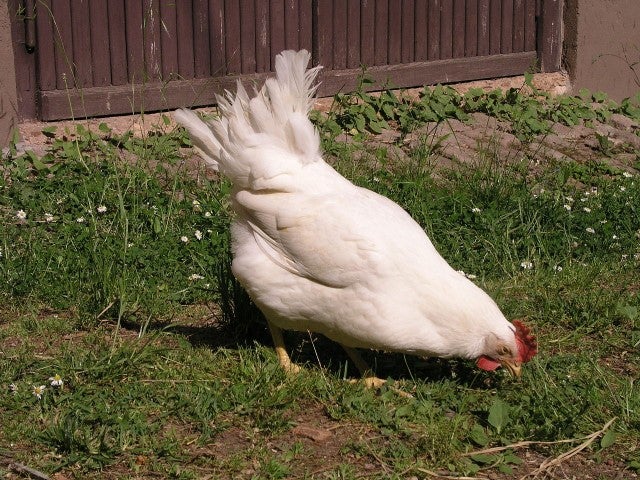
Some people have this idea that eggs are “supposed” to be white. This is probably because grocery stores sell a lot of white eggs. Since the White Leghorn lays white eggs, this may help those people who have an idea that eggs are supposed to be white transition from grocery store eggs to backyard chicken eggs.
If you want a dual purpose chicken for egg and meat production, there are other options available. This breed is “flighty” which means it does not like to be held.
Rhode Island Red
A long time dual purpose favorite, the Rhode Island Red (RIR) is well suited for urban backyards and life on a rural farm. Excellent foragers that seem to tolerate confinement well.
The Rhode Island Red lays a medium sized egg with yearly production in the mid-200 range. This is a hardy breed as it tolerates cold and heat.
The RIR is one of the breeds that has just about lost its broodiness. Let’s not say the RIR will “not” go broody, but the hens are “unlikely” to go broody.
From my personal experience the RIR can be picked up by children, but prefers not to be handled.
Barred Rock
Another long time favorite, this is an excellent dual purpose chicken used for meat and egg production. The Barred Rock is a hardy breed that tolerates heat and cold. As with the Rhode Island Red, the Barred Rock is unlikely to go broody. This does not mean the Barred Rock will “not” go broody, it is just “unlikely.”
The Barred Rock lays a medium sized brown egg.
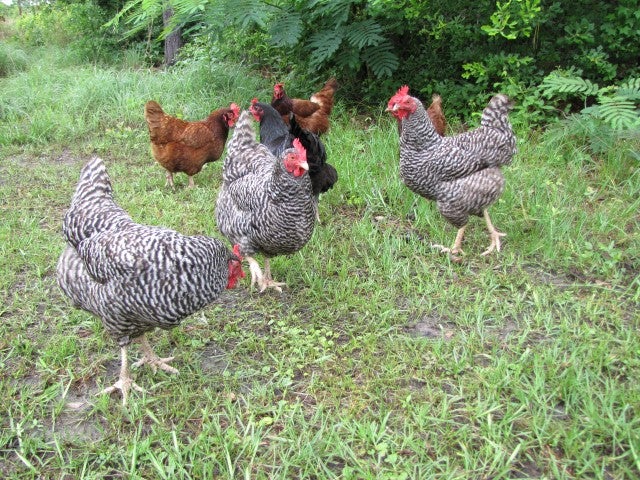
A couple of things about the Barred Rock.
Once this breed gets to free range, it will always want out of the yard. My Barred Rocks will pace up and down the fence line looking for an exit. The larger the yard the better, but this breed wants to free range.
The Barred Rock can be very docile. I have seen my grandkids walk right up to some of my Barred Rocks and pick them up. One time my family and I were in the backyard eating lunch, when a Barred Rock jumped up on the arm of the chair my son was sitting in.
Australorp
Developed in the late 1800s into the early 1900s with a focus on egg production, this is a hardy breed that does well in the backyard flock or on a rural farm. The average Australorp will lay around 250 medium sized brown eggs a year. The Australorp is a good dual purpose chicken for egg and meat production.
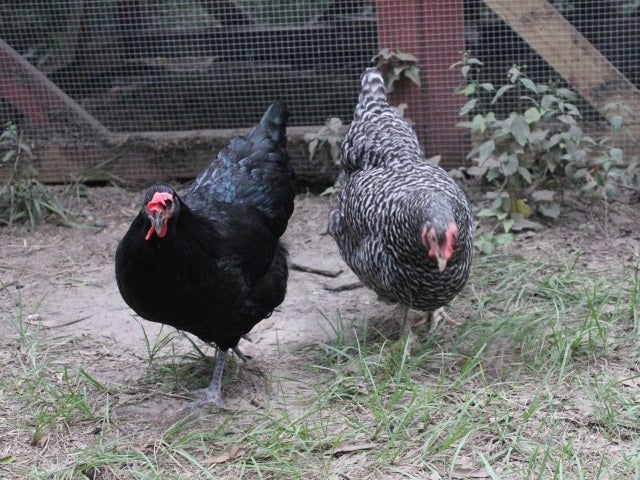
One word of caution about the Australorp, there is a good chance the hens will go broody. Simply put, she will stop laying eggs for about a month and will sit on whatever eggs are in the nest.
The Australorp is a docile breed that handles confinement well. While some of my Rhode Island Reds and Barred Rocks take great joy in escaping the yard, the Australorps seem content behind the fence. I have had some Australorps escape the yard, but not like the other breeds.
Buff Orpington
If there is one chicken breed that has been an absolute joy to raise, that breed has to be the Buff Orpington. This breed does well with confinement and free range. So whether you have a backyard flock on a rural farm, the Buff Orpington will right at home in either setting.
A Buff Orpington hen will lay an estimated 175 – 200 eggs a year. While this number is rather low when compared to other breeds, the Buff is hardy, easy to take care of, and makes a good meat chicken.

One drawback to the Buff Orpington, the hens are prone to go broody. If you do not mind a hen sitting on eggs for a month, then going broody will not be a big deal.
Honorable mention
- Production Reds
- New Hampshire Reds
- Speckled Sussex
- Wyandottes
